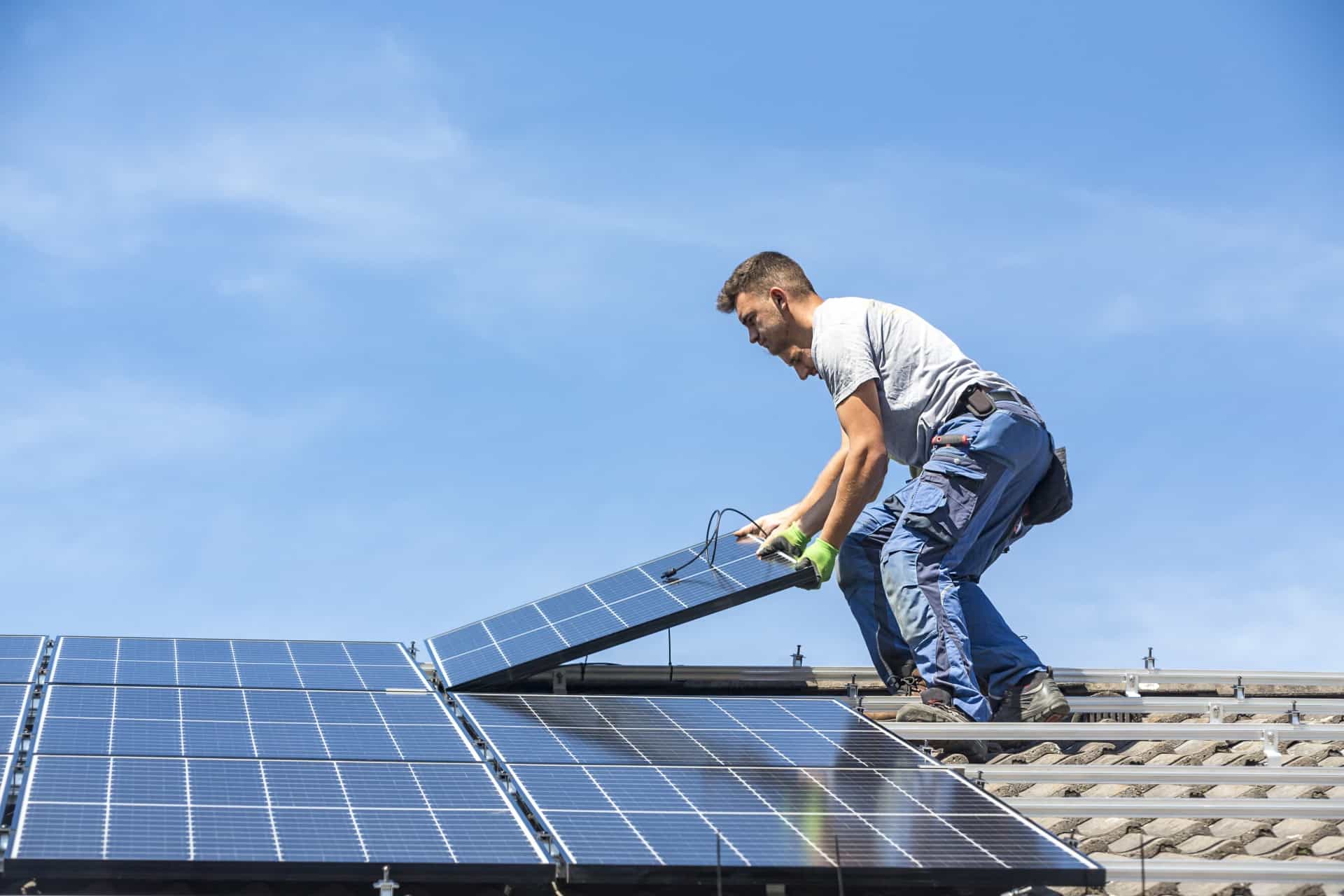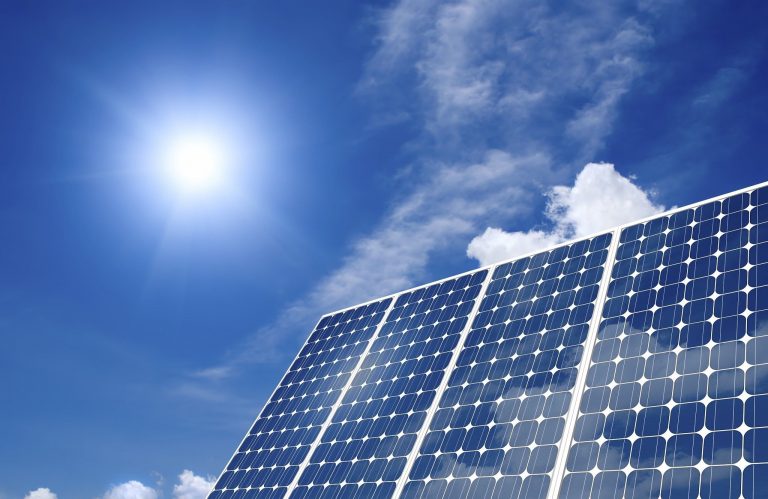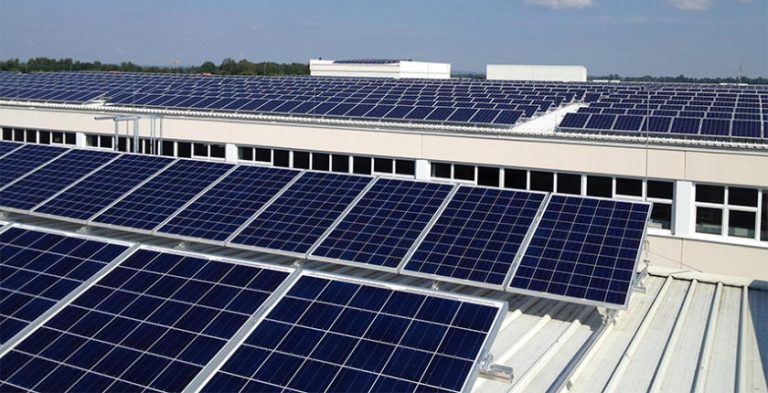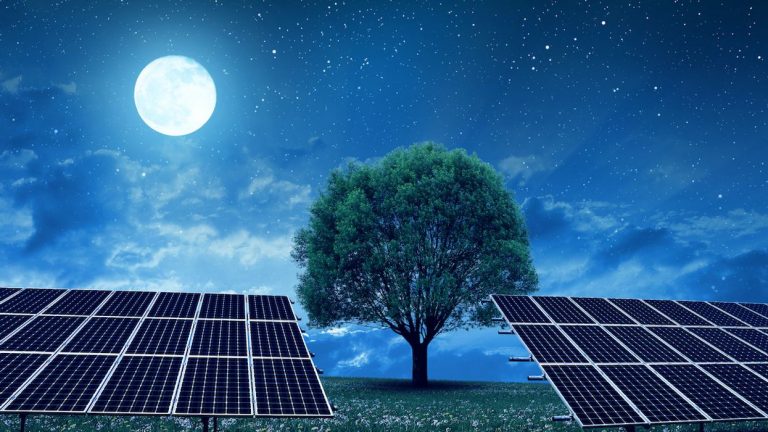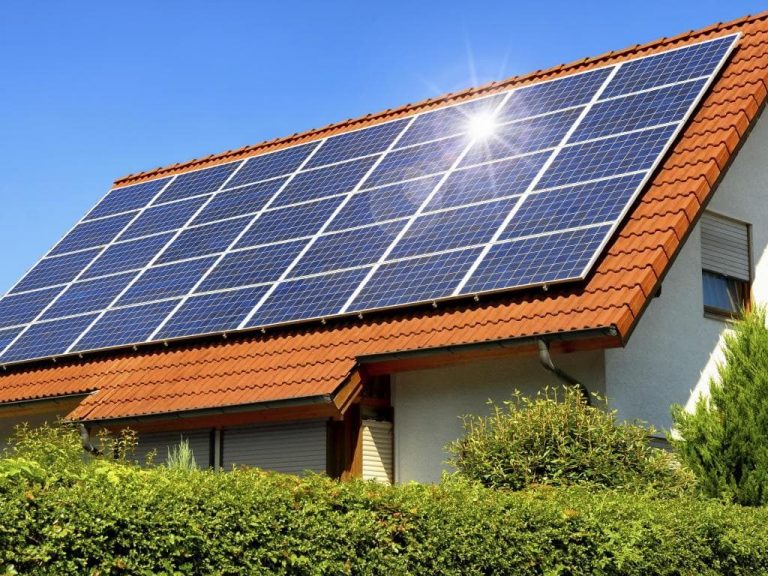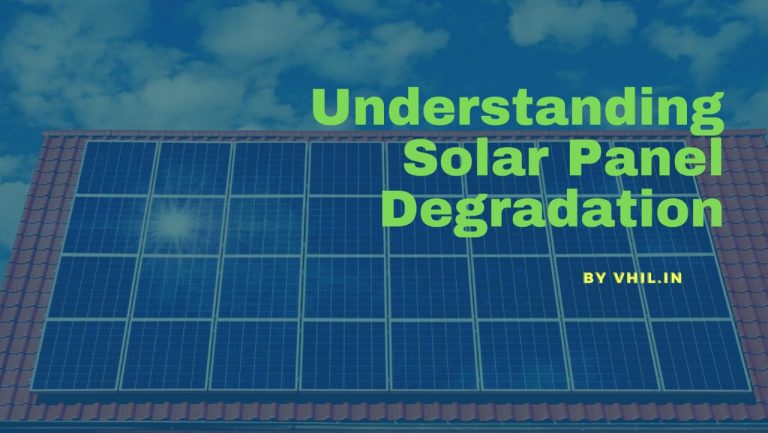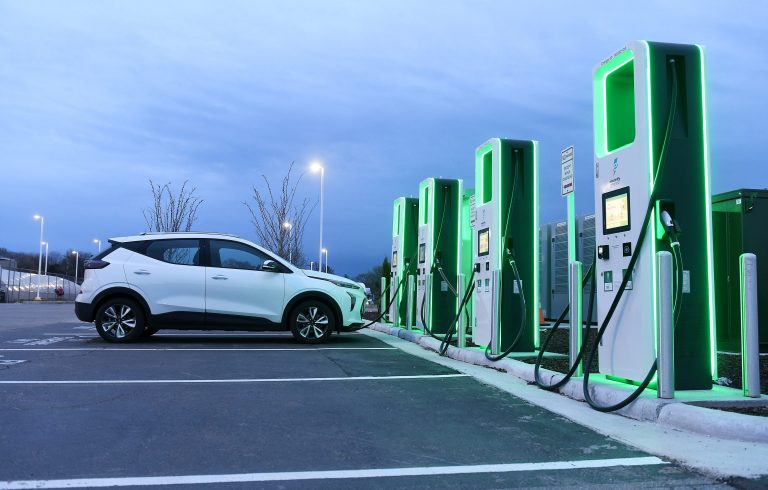Installation of a Solar System in 2021
We’ve talked a bit about the functioning of solar panels, the mechanisms behind them, and the best panels suited for the average Indian household. Check them out for the starters. For this article, we’re detailing a complete guide to the components and installation of a solar system.
Solar panels are all but a part of the complete setup of a functioning solar system. It is the basic building block of the system, but there’s more to it than just a silicon wafer panel. The other necessary components include Solar Inverters, Batteries (in a select type of system) and Panel Structure/Stands, and other accessories.
Based on the type of inverters used, the solar systems are of two kinds: On-grid and Off-grid solar systems.
The on-grid system is connected to the regular electricity grid and draws/stores power there. Off-grid systems are usually independent of the grid and have batteries doing the work of storage.
Installation of a Solar System & the Components
Here’s discussing the installation of a solar system in details:
Solar Panels
They are the most basic, essential, and readily recognizable component for the installation of a solar system. A solar panel comprises high-quality silicon glass. The silicon coupled with phosphorus makes it an electron surplus component. When the solar rays strike the surface, the incident energy knocks off the free electrons which conduct the current.
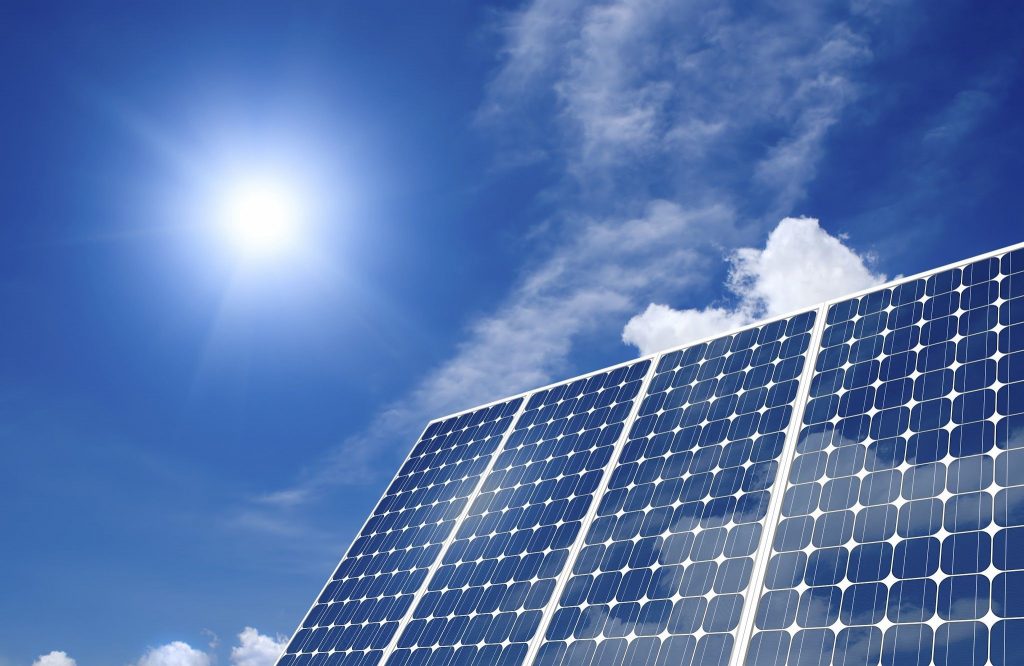
We’ve talked about the best solar panels here.
Solar Inverters
A solar inverter, much like the regular inverter, converts DC into AC for the system. Solar inverters make the signals ready for household appliances. The panels produce DC, which cannot directly discharge into your system’s grid. That’s when the inverter comes in handy as most household appliances run on an AC supply.
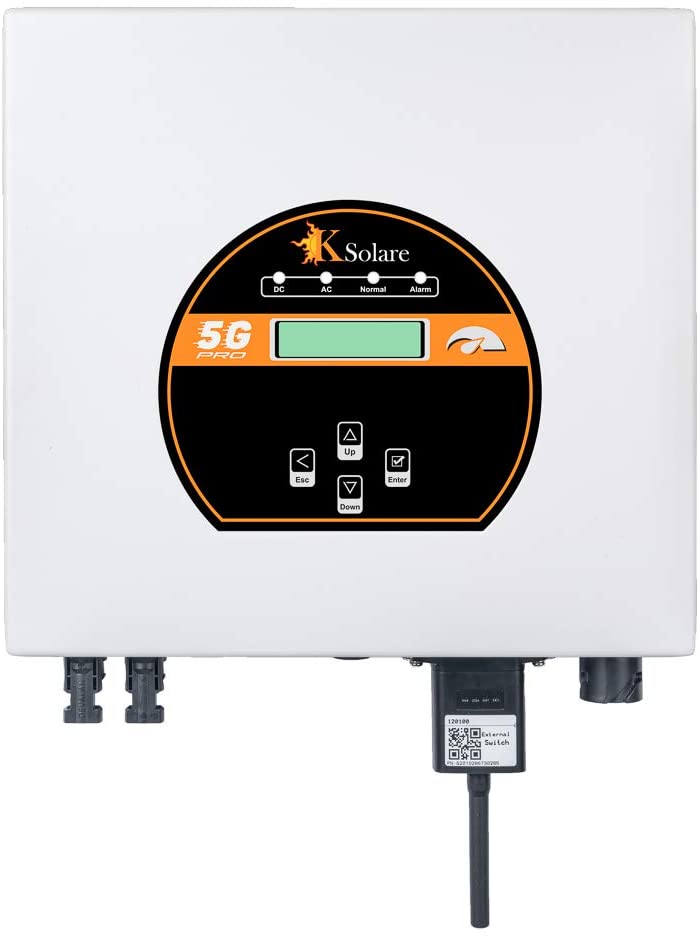
Solar Battery
The batteries store the power produced by the off-grid solar system. It makes them a system-selective component.
The Off-grid system is rare in both household and commercial applications in India. It is because of the additional costs it brings for the maintenance, repair and replacement.
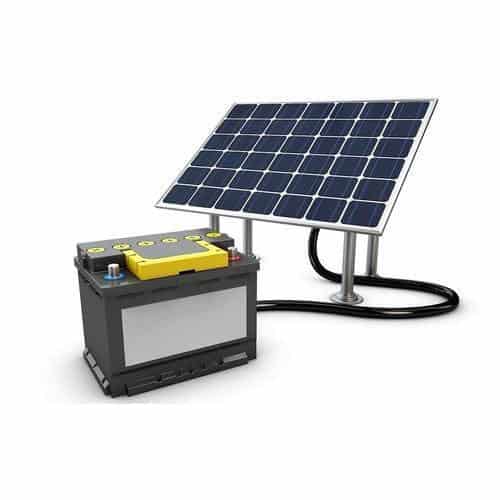
Unlike most solar system components boast of lengthy life (minimum 25-30 years for solar panels), while the batteries require replacement at the end of 5-8 years.
Solar Charge Controller
It is also an Off-grid component. Solar charge controllers, also known as Solar charge regulators do just that — they regulate the voltage and current of the system. The PV voltage and current are dynamic, changing parameters — so the controllers are tasked with triggering a regulatory response in all such situations.
It is necessary to have quality controllers for the installation of a solar system to prevent your battery from overcharging and to extend its life.
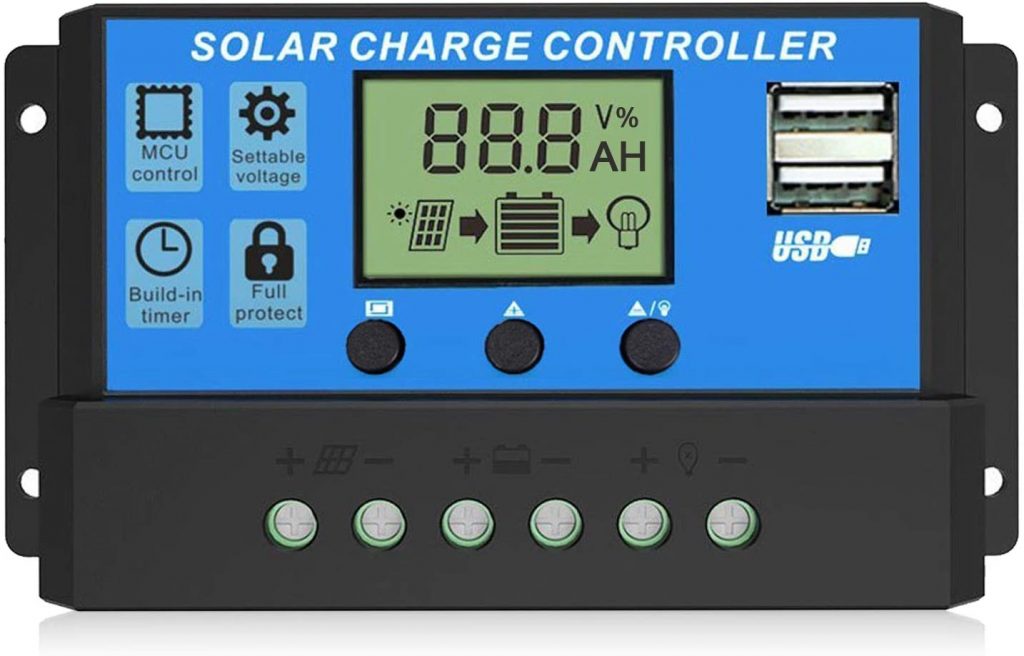
The other non-intricate accessories
Aside from the main components mentioned above, the other parts for the installation of a solar system include Panel Stands, Distribution Boxes (ACDB and DCDB), Lightning Arrestors, wires, connectors, and earthing kits. Here’s discussing them one by one:
Panel Structure
Galvanized Iron, Aluminium or similar materials are used to make panel structures. It helps provide balanced fixation for the installation of a solar system aboard your rooftop or ground area. It is to protect it from falling, rains and storms, and all kinds of outdoor conditions.
There are multiple aspects of designing a sturdy panel structure. Some of them include the angle to the ground, the strength of the material, weight, wind velocity, and the surrounding environment.
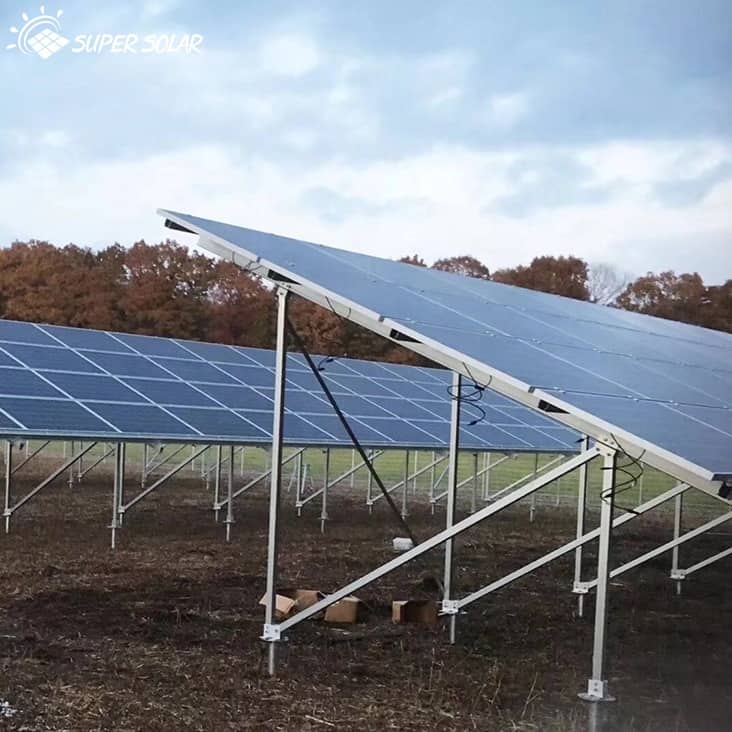
You can check ready-made structures from good solar developers or make a sturdy one by yourself.
Safety is an essential parameter for the installation of a solar system. Let’s check out one such part of the system.
ACDB and DCDB
The AC and DC distribution boxes are both safety instruments that protect the SPV on failures from the AC and DC sides, respectively.
The ACDB-DCDB circuit is an essential part of a solar system for a select few scenarios, such as large solar power plants.
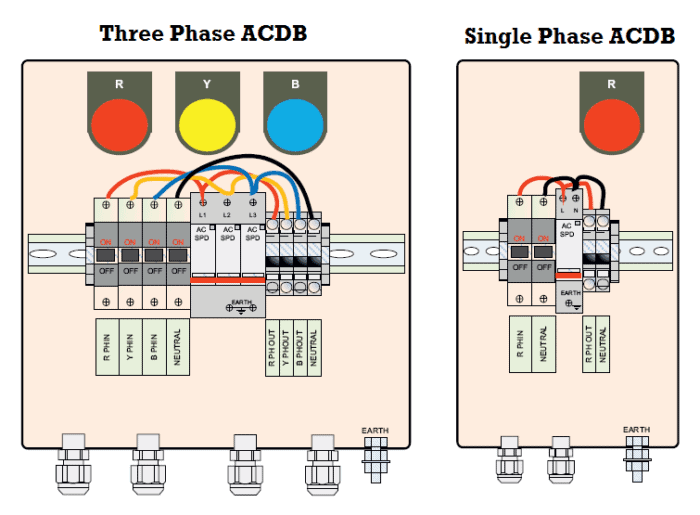
It also tells about the usage of the energy and the exact PV array voltage and current.
Wires
The AC and DC wires are both different in their usage and making. They’re made suited for the AC appliances and the PV system, and their rated wattage also varies accordingly.
Usually, for the DC side, four sq. mm. of copper wire is used, whereas, for the AC side, wire gauge and selection depend upon the size of the system.
Lightning Arrester
It is a device that protects the PV system (and several other electronics) from the adverse effects of lightning. It works by diverting and dispersing the lighting to the ground using the earthing.
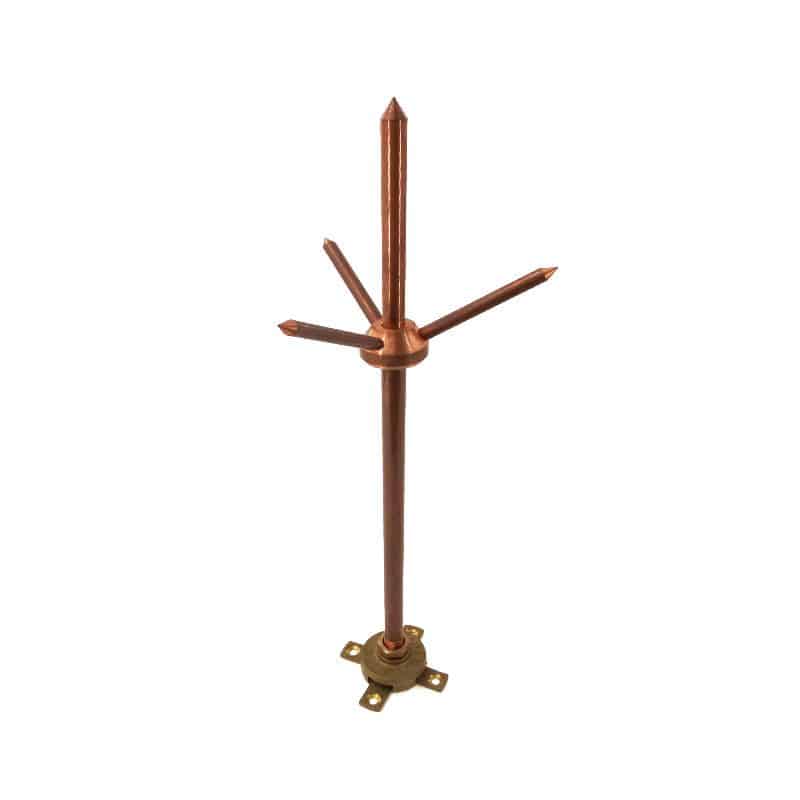
MC4 Connector and Earthing Kit
MC4 Connectors connect the solar panels with the DC wires. The abbreviation stands for Multi-Contact, with the number meaning the thickness of the diameter contact pin.
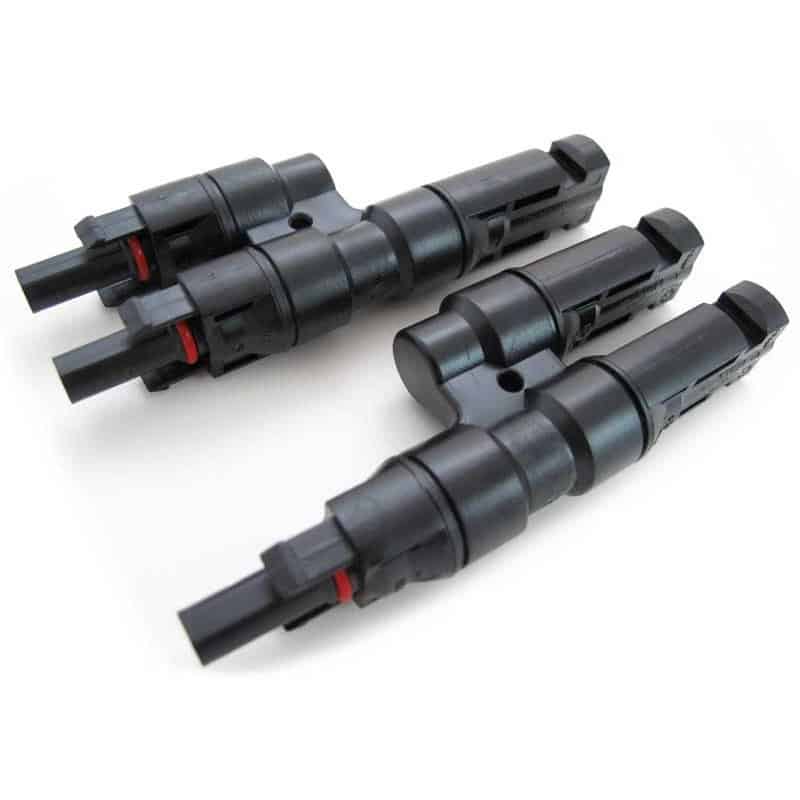
Solar Earthing Kit
The earthing varies for different wattage of the systems.
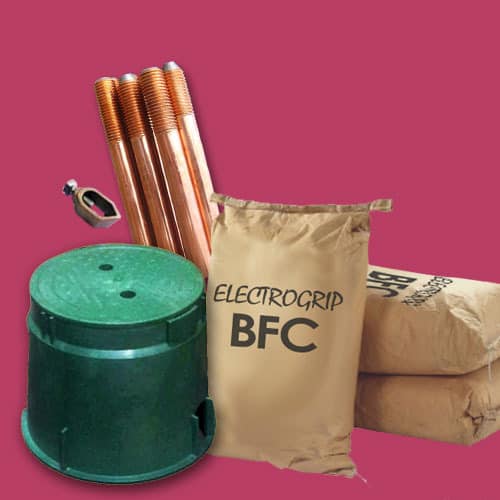
Generally, separate earthing is required for the AC and DC sides, and for the LA (Lightning arrester).
The length of the earthing is usually between 3 ft to 9 ft.
It concludes our guide to the installation of a solar system. For more informative articles on all things solar, make sure to visit our blogs and make yourselves solar-ready.
